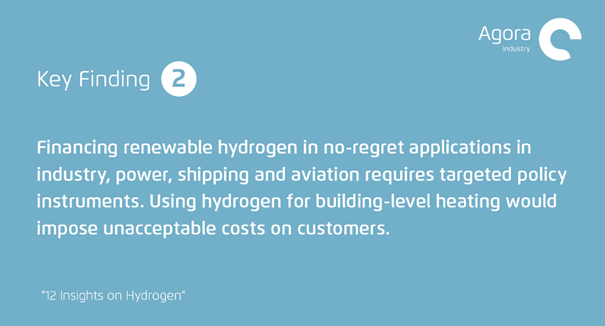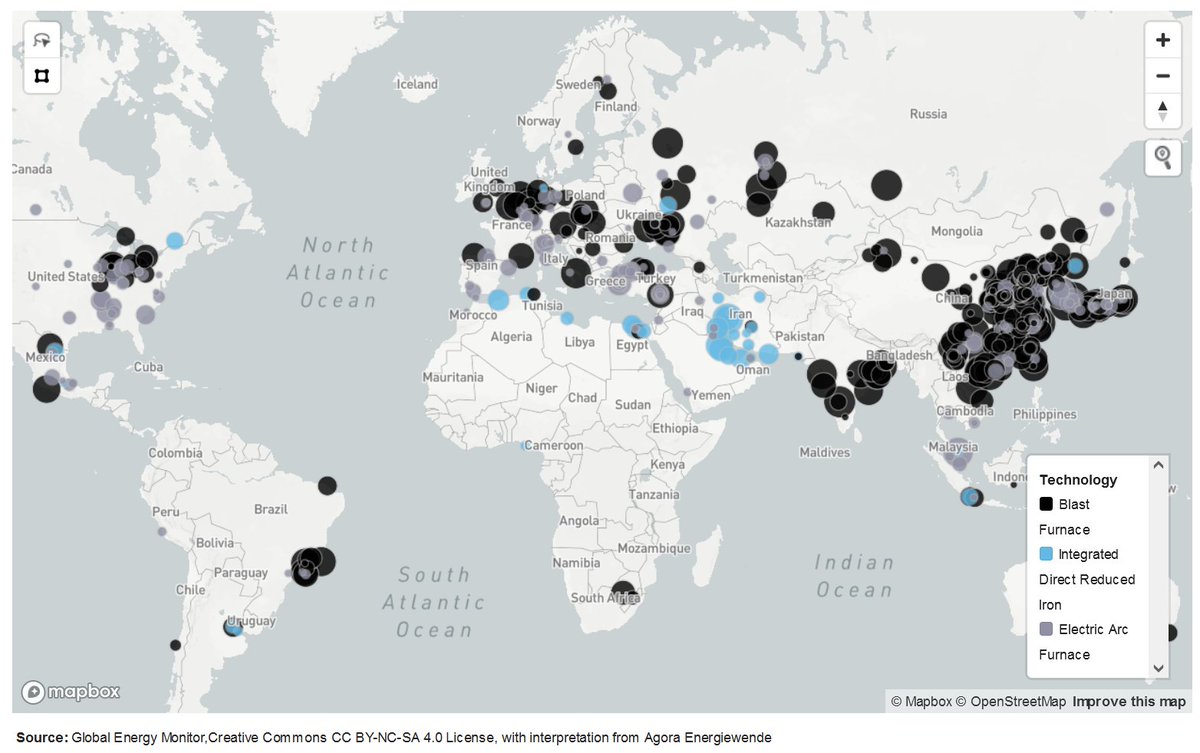
Our take on the @EU_Commission’s second part of the #Fitfor55 package aimed at re-designing the EU’s internal #gasmarket rules and governing a future European #hydrogen pipeline network. 1/12 

1️⃣ gas market: The proposed revisions to the internal gas market rules do not address that Europe’s #climatetargets imply a rapidly shrinking market for #fossilgas use already this decade. 2/12
The need to scale down #fossilgas and replacement by #electrification and only partially by non-fossil gases must become the underlying narrative of the gas market rules. Here is why! 3/12 

“Low carbon #hydrogen” that is derived from non-renewable sources should meet a greenhouse gas emission reduction threshold of 80 percent, not 70 percent, over the entire life cycle. 4/12
COM proposal to “preserve” decision by Member States for costly and inefficient blending of #hydrogen into national natural gas systems should be rejected. 5/12 

2️⃣ building sector: The @EU_Commission also addresses the building sector with the revamp of its Energy Performance of #Buildings Directive (#EPBD) in a bid to align the building standards for new construction and renovation with the goal of climate-neutrality by 2050. 6/12
We need to align our building standards for new construction and renovation with the goal of climate-neutrality by 2050. The #EPBD revision takes important step in this direction by proposing a new zero-emissions #buildings framework and aligning tools with this goal. 7/12
The proposed minimum energy performance standards for buildings are key. Ambitious implementation will be needed to drive investments into the building stock at the scale and depth needed, make all buildings’ renewables-ready by 2030 and keep ETS 2 allowance prices in check. 8/12
The @EU_Commission wants member states to measure embedded carbon in new #buildings under the new #EPBD. Measurement is good, but what is really needed is regulatory limits. That’s what will really create markets for low-carbon basic materials. 9/12 

3️⃣ energy poverty: Member States are asked to spell out their long-term financing support strategies, making them coherent by stopping financing fossil fuel boilers and prioritizing deep renovations. Important emphasis on cost-effectiveness and fairness. 10/12
4️⃣ methane regulation: The @EU_Commission also proposes a new Regulation to address #MethaneLeakage. The rapid reduction of methane emissions is a low hanging fruit to limit global temperature rise to 1.5 degrees. 11/12
But establishing a system of monitoring and reporting and fixing the biggest leaks within Europe is not enough. We also need national reduction targets for Member States and must set maximum leakages rates for fossil imports in line with industry best practices. 12/12
• • •
Missing some Tweet in this thread? You can try to
force a refresh



















